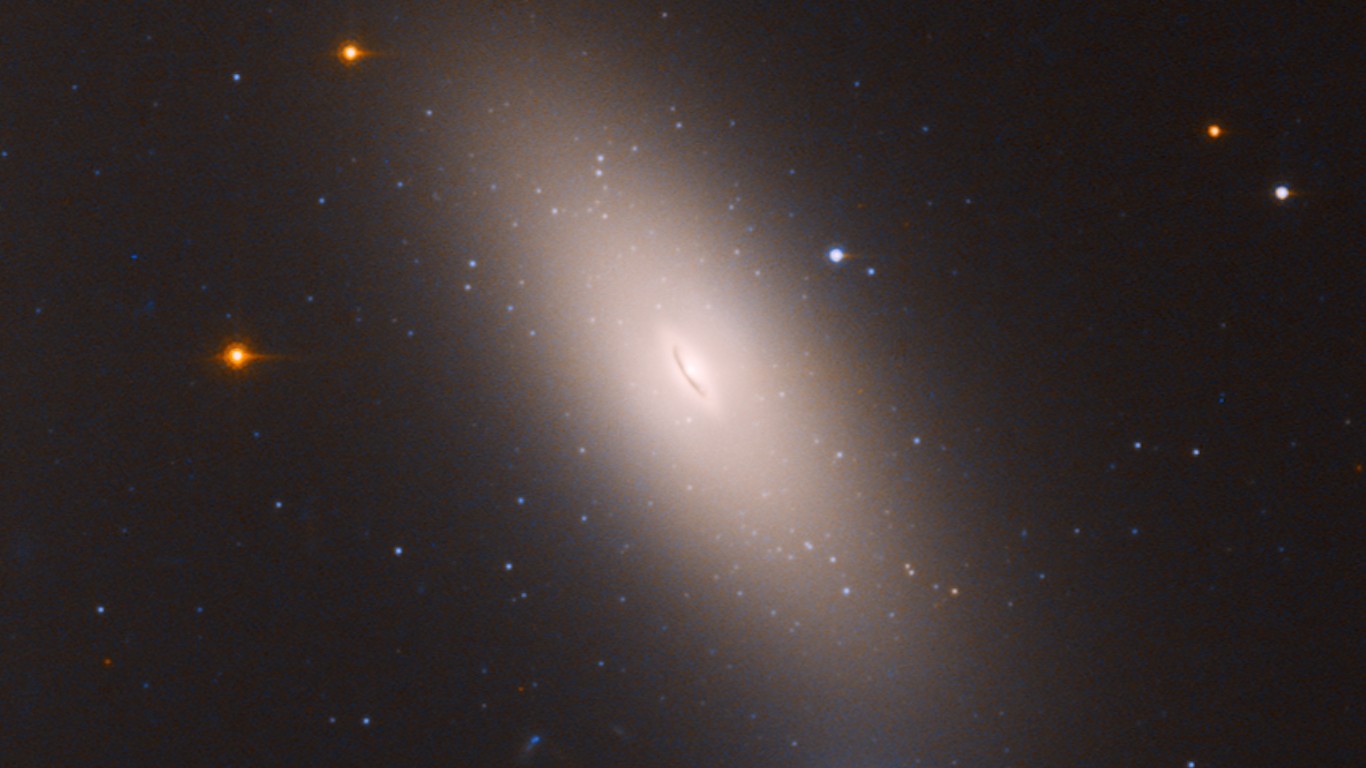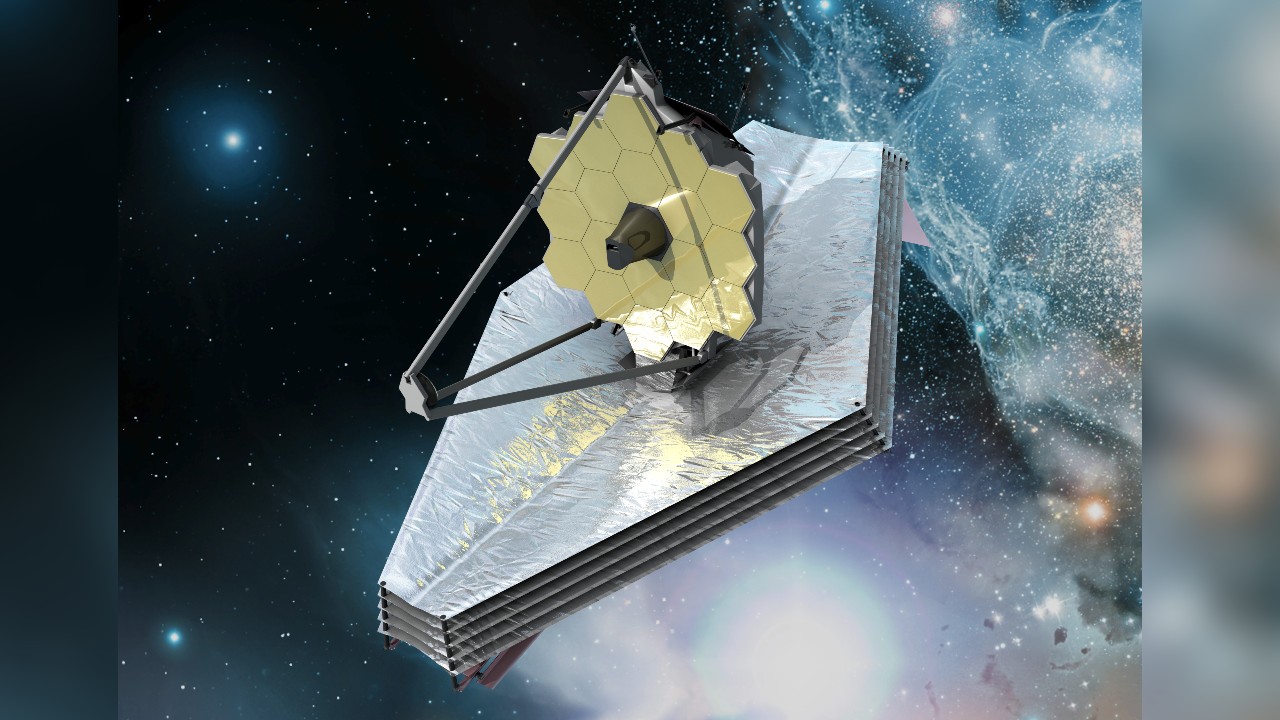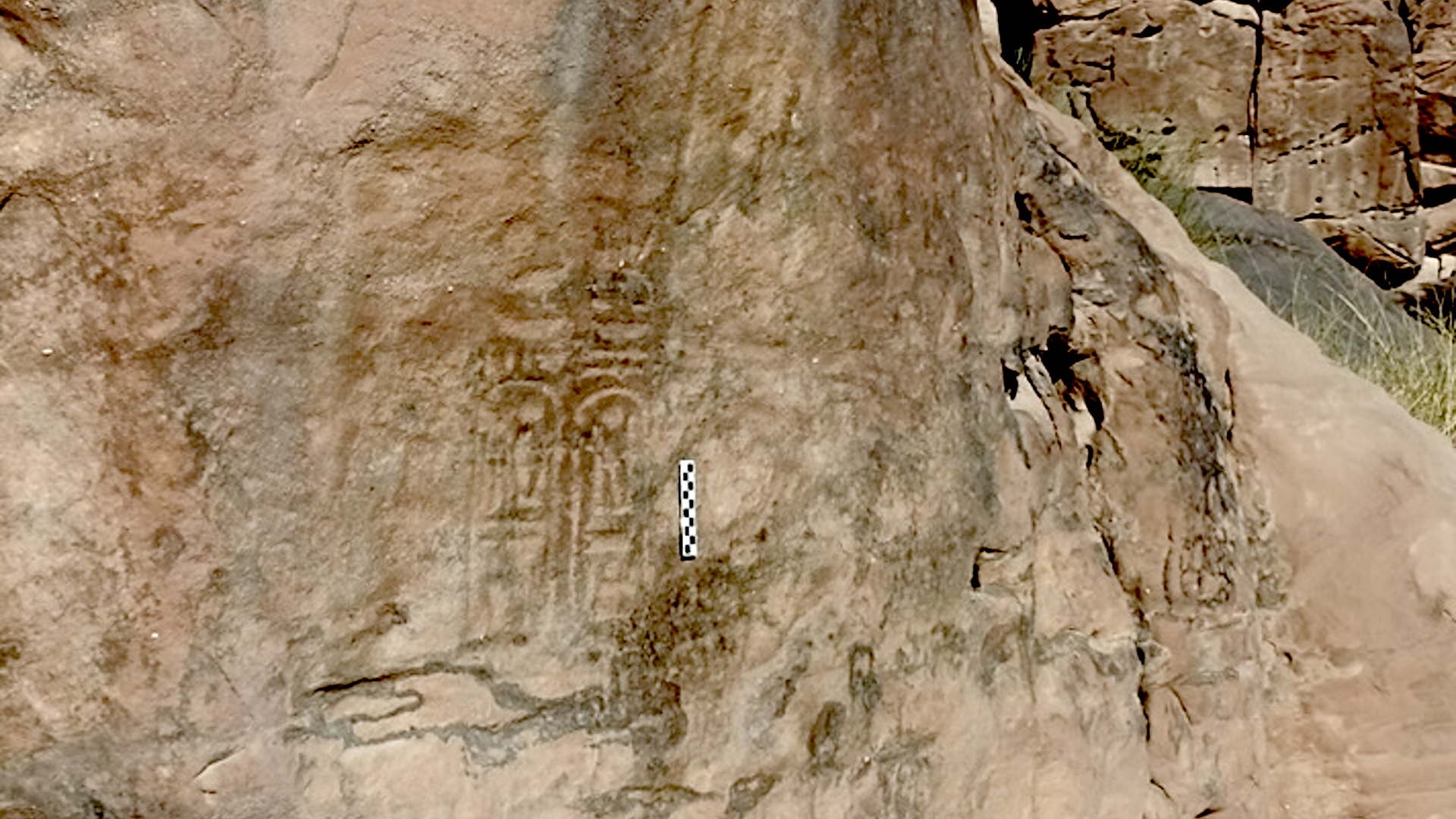galaxies
Latest about galaxies
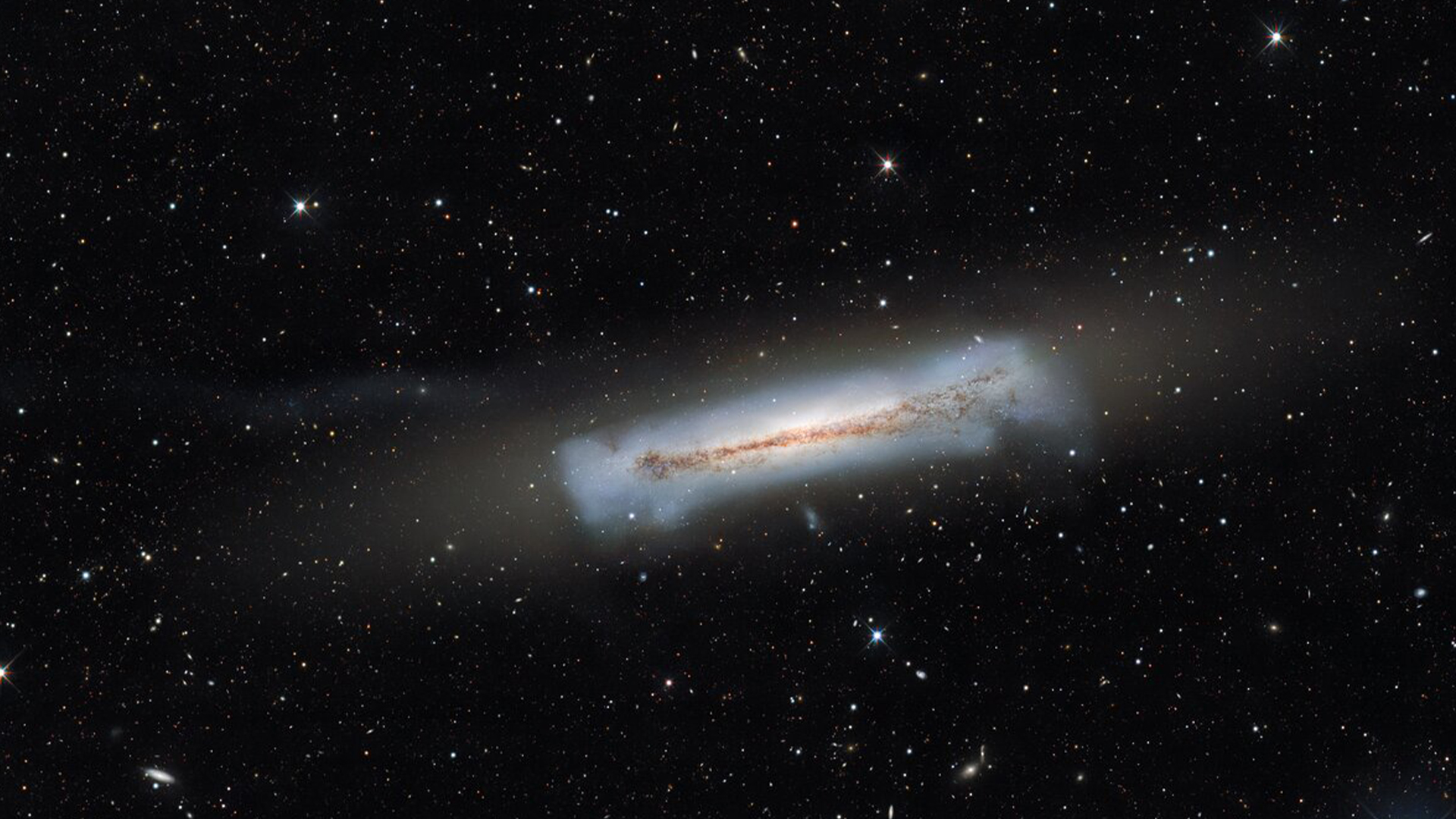
Tiny galaxies that had their stars stolen could be a 'missing link' in cosmic evolution
By Robert Lea published
More than 100 observed galaxies are being disrupted and stripped of their outer layers, transforming them into fossil-dense, ultra-compact dwarf galaxies.
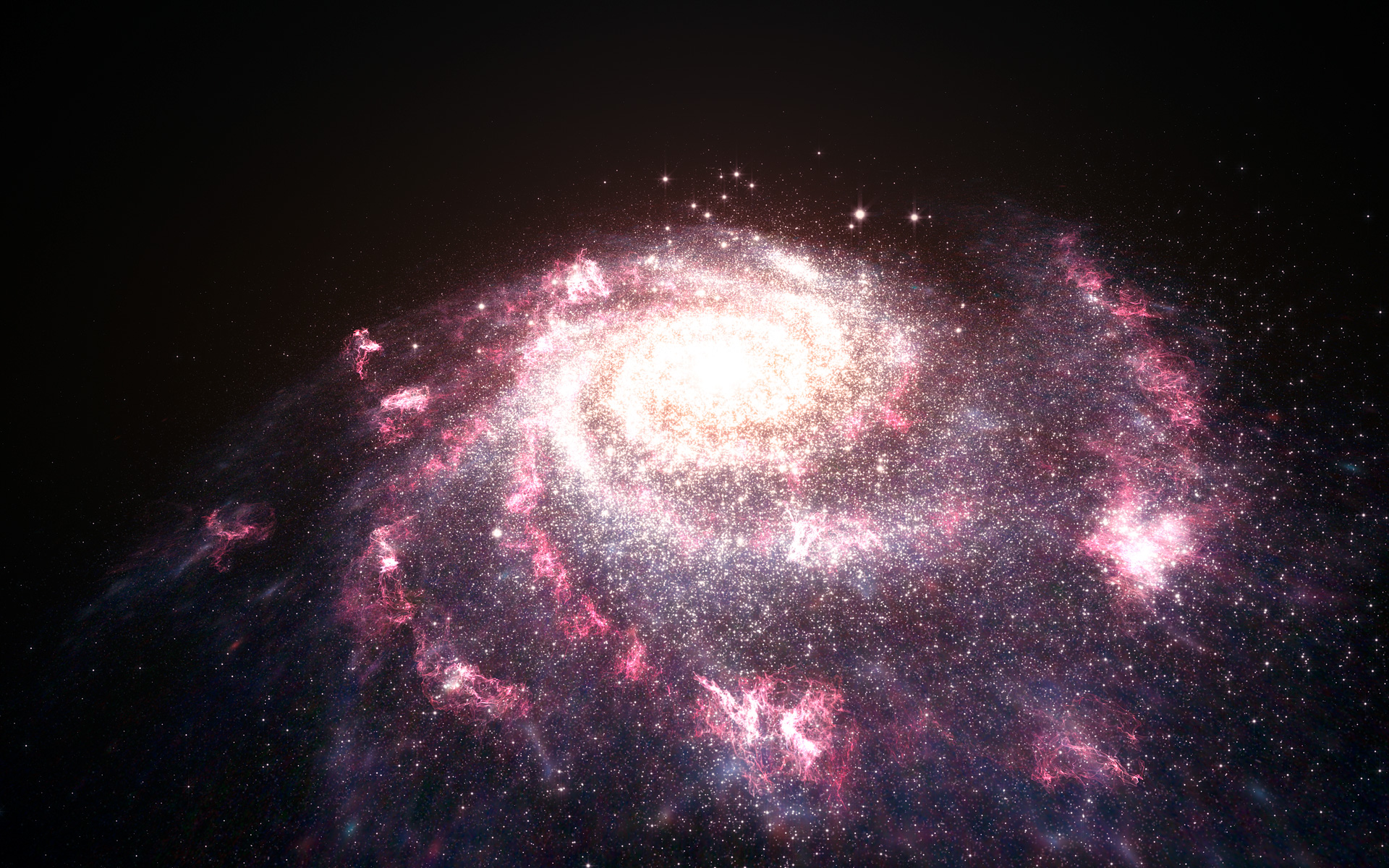
James Webb telescope's observations of 'impossible' galaxies at the dawn of time may finally have an explanation
By Ben Turner published
A new set of simulations suggests that the unusual brightness of early galaxies discovered by the James Webb telescope could be because of a strange, rapid-burst mode of star formation.
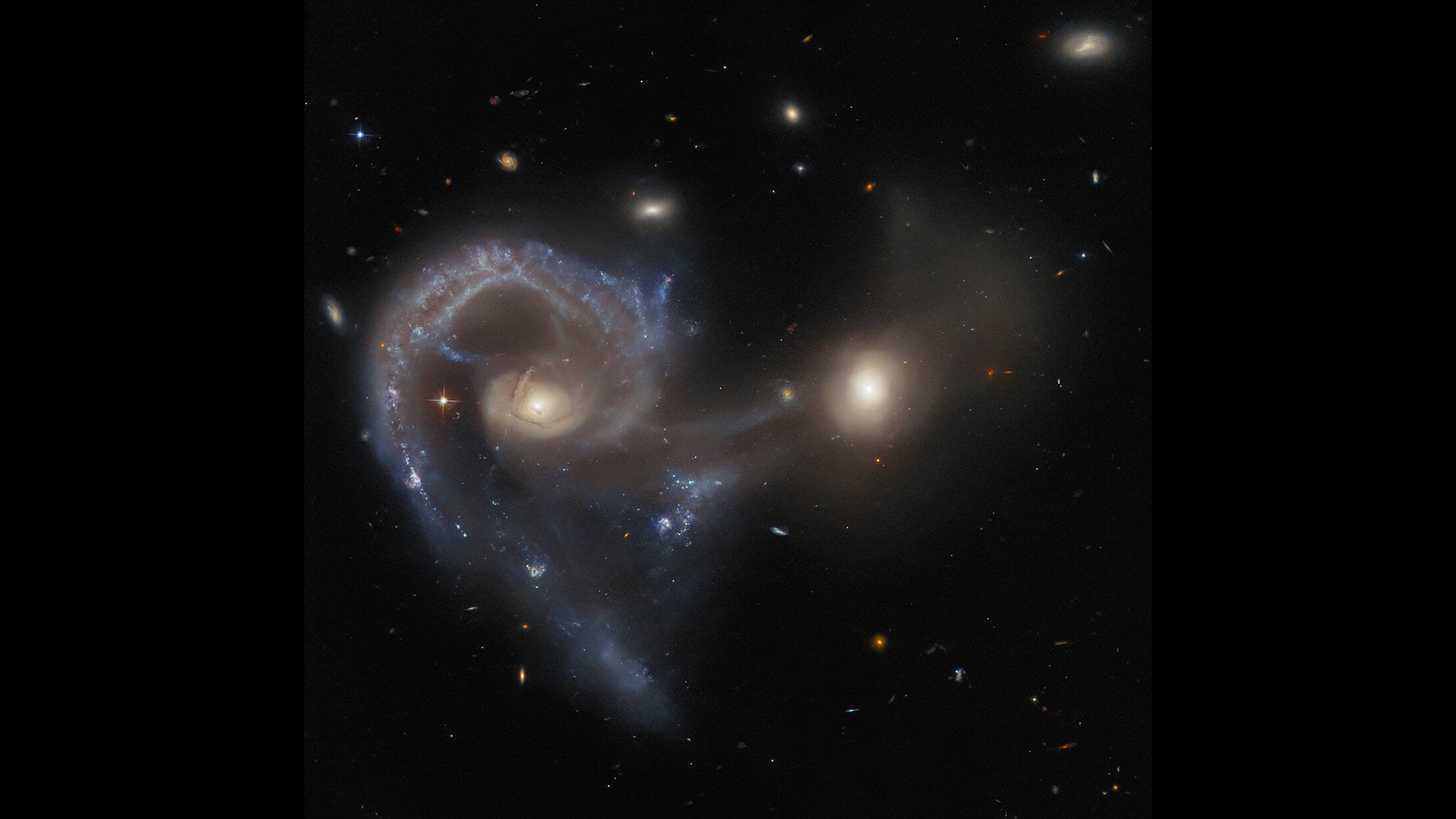
Space photo of the week: Hubble spies a spectacular galaxy crash
By Jamie Carter published
Arp 107 hosts a special spiraling 'Seyfert' galaxy connected to a smaller galaxy by a 'bridge' of dust and gas.
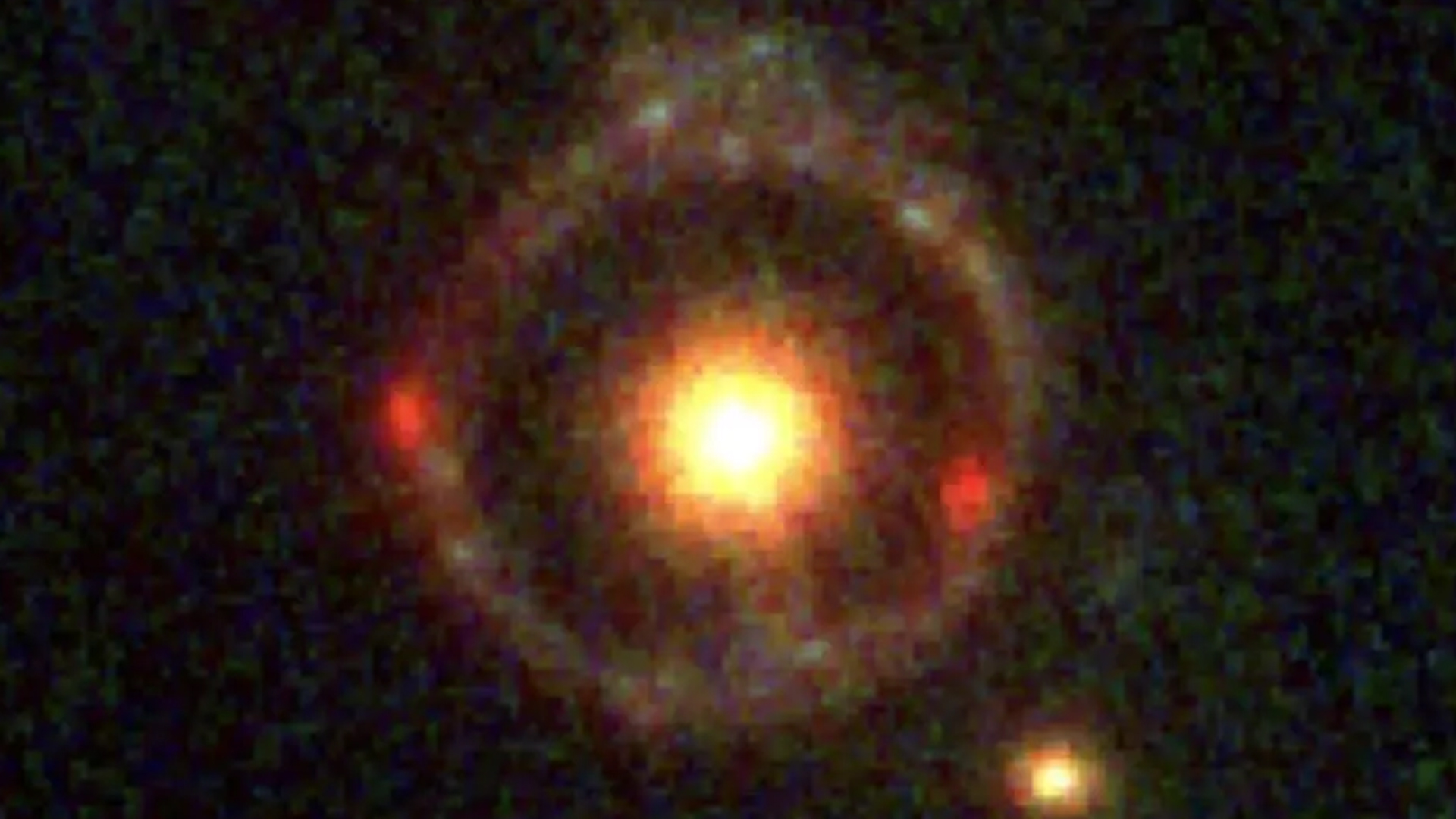
Stunningly perfect 'Einstein ring' snapped by James Webb telescope is most distant gravitationally lensed object ever seen
By Harry Baker published
The James Webb Space Telescope has snapped a stunning image of a perfectly formed Einstein ring, which is also the most distant gravitationally lensed object ever detected.
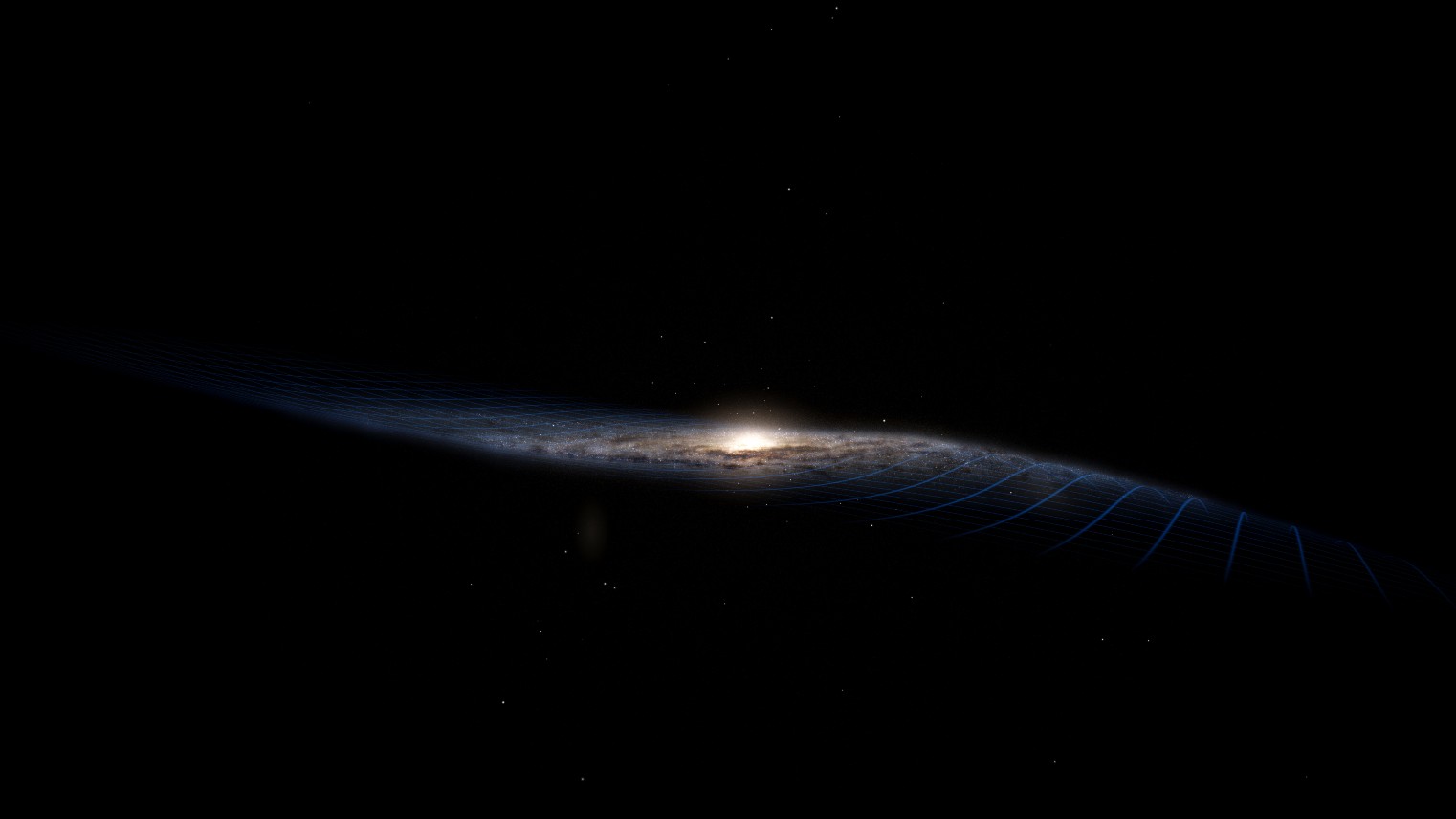
Our entire galaxy is warping, and a gigantic blob of dark matter could be to blame
By Ben Turner published
An invisible halo of misaligned dark matter could explain the warps at the Milky Way's edges.

How many planets are in the universe?
By Briley Lewis published
We currently know of 5,502 planets beyond the solar system, but we've only found the tiniest fraction of the planets astronomers think lie elsewhere in the universe.
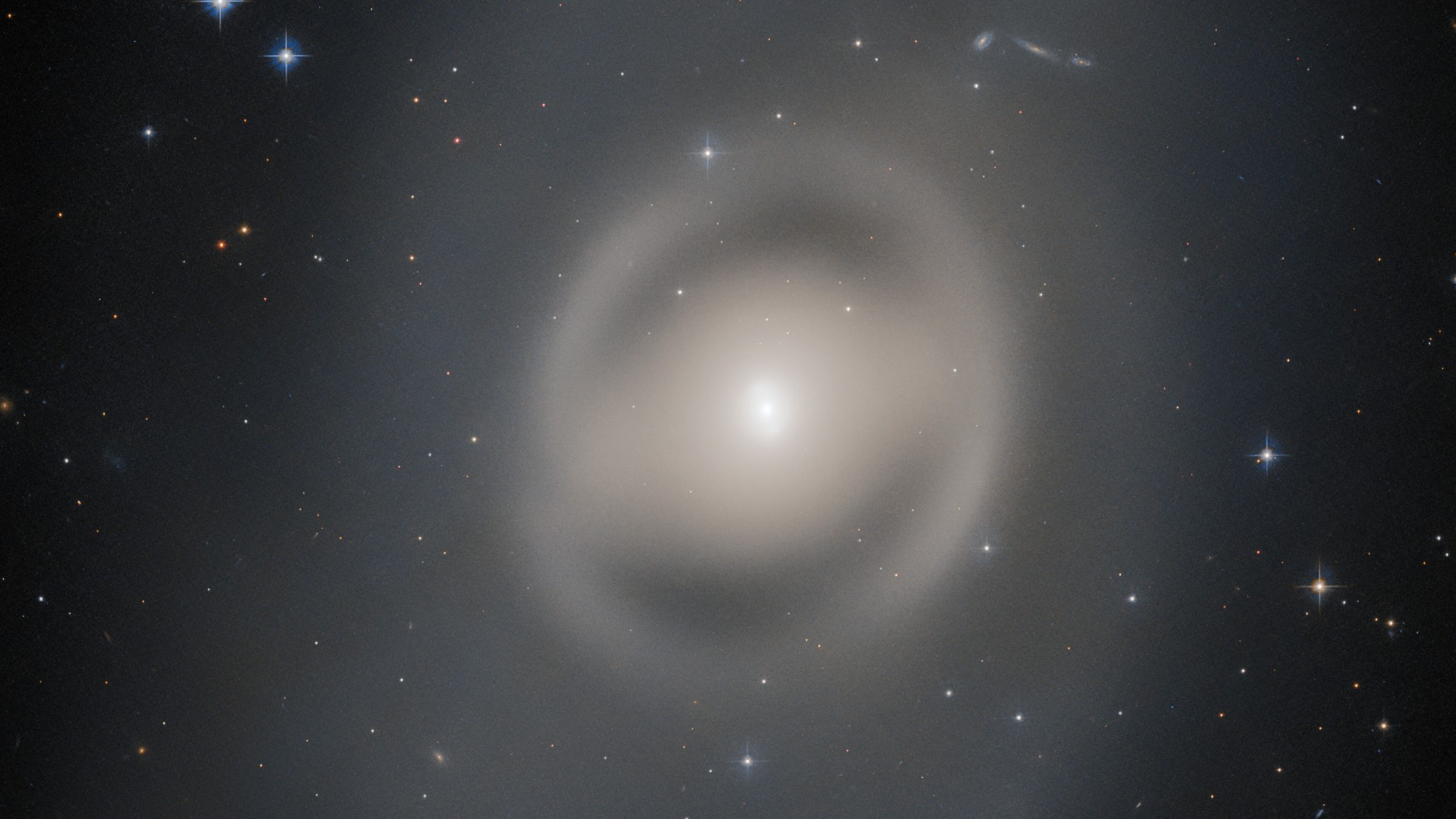
Space photo of the week: A cosmic 'ghost' peers through the universe's past
By Jamie Carter published
Imaged beautifully by Hubble, NGC 6684 is a 'lenticular' galaxy very different to our own Milky Way.
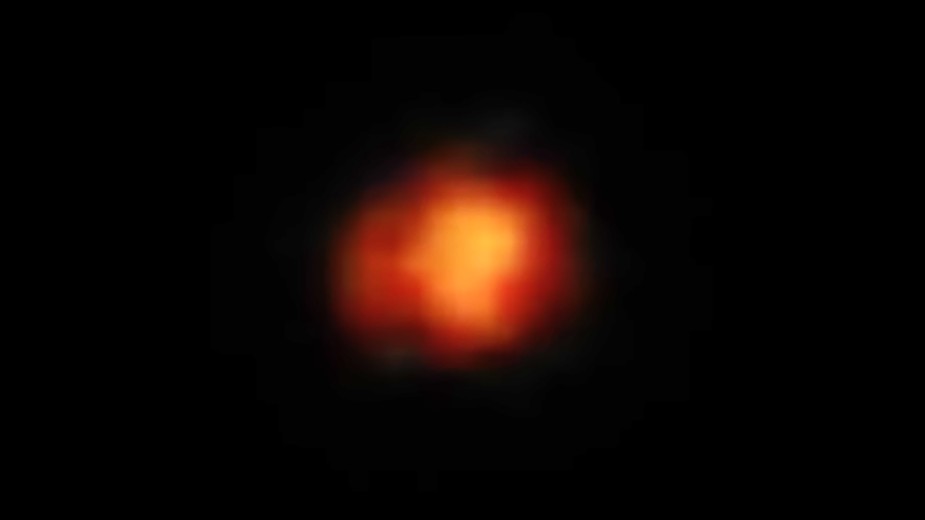
13 billion-year-old 'Maisie's galaxy' is one of the oldest objects in the universe, James Webb telescope reveals
By Brandon Specktor published
Born less than 400 million years after the Big Bang, Maisie's galaxy is officially one of the four oldest galaxies ever discovered, a new JWST study reveals.
Sign up for the Live Science daily newsletter now
Get the world’s most fascinating discoveries delivered straight to your inbox.
